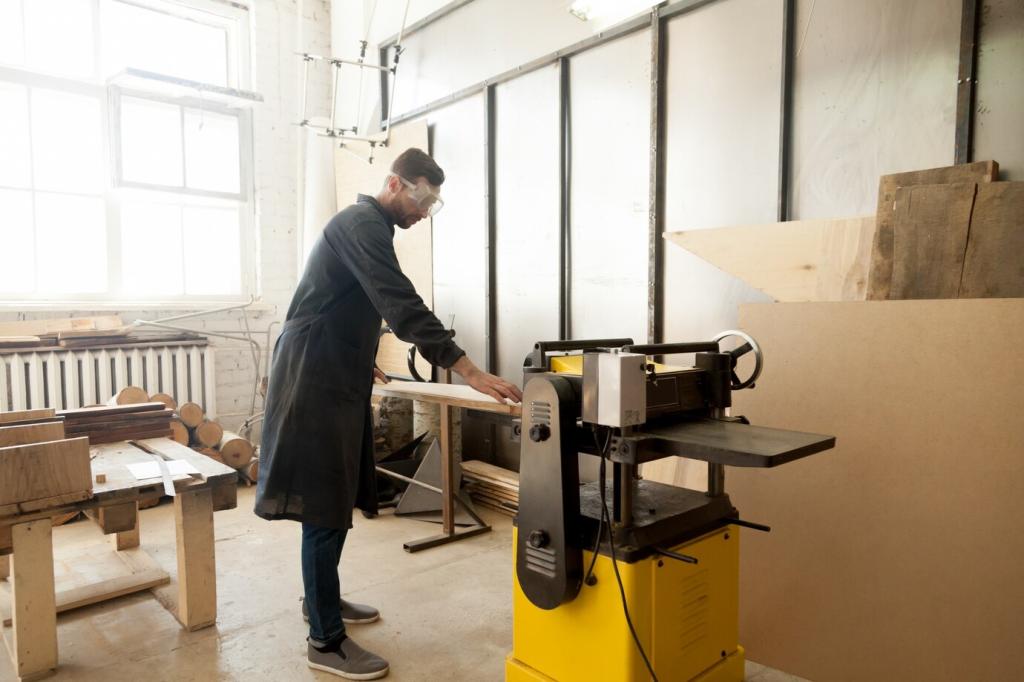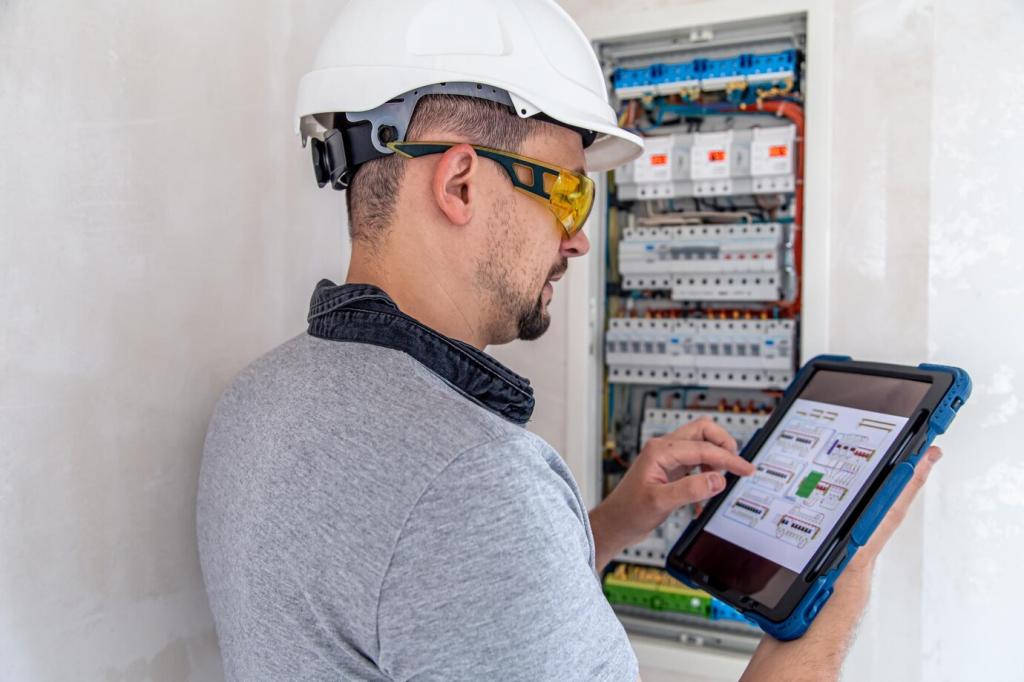Safety Benefits You Can Feel on Every Drive
By keeping consistent headway and reacting promptly to slowing traffic, adaptive cruise control helps prevent the tailgating that often precedes rear-end crashes. Drivers report smoother deceleration, fewer panic moments, and a calmer mindset that supports safer decisions.
Safety Benefits You Can Feel on Every Drive
Handing off routine speed management reduces mental workload on long drives, freeing attention for scanning mirrors, reading road signs, and anticipating hazards. Lower fatigue can translate into better reaction times and steadier concentration when something truly unexpected happens.
Safety Benefits You Can Feel on Every Drive
ACC cannot predict every scenario, such as sudden cut-ins, sharp crests, or debris. Treat it as support, not a substitute for vigilance. Keep your hands engaged, eyes scanning, and feet ready—your awareness is the final layer of road safety.









